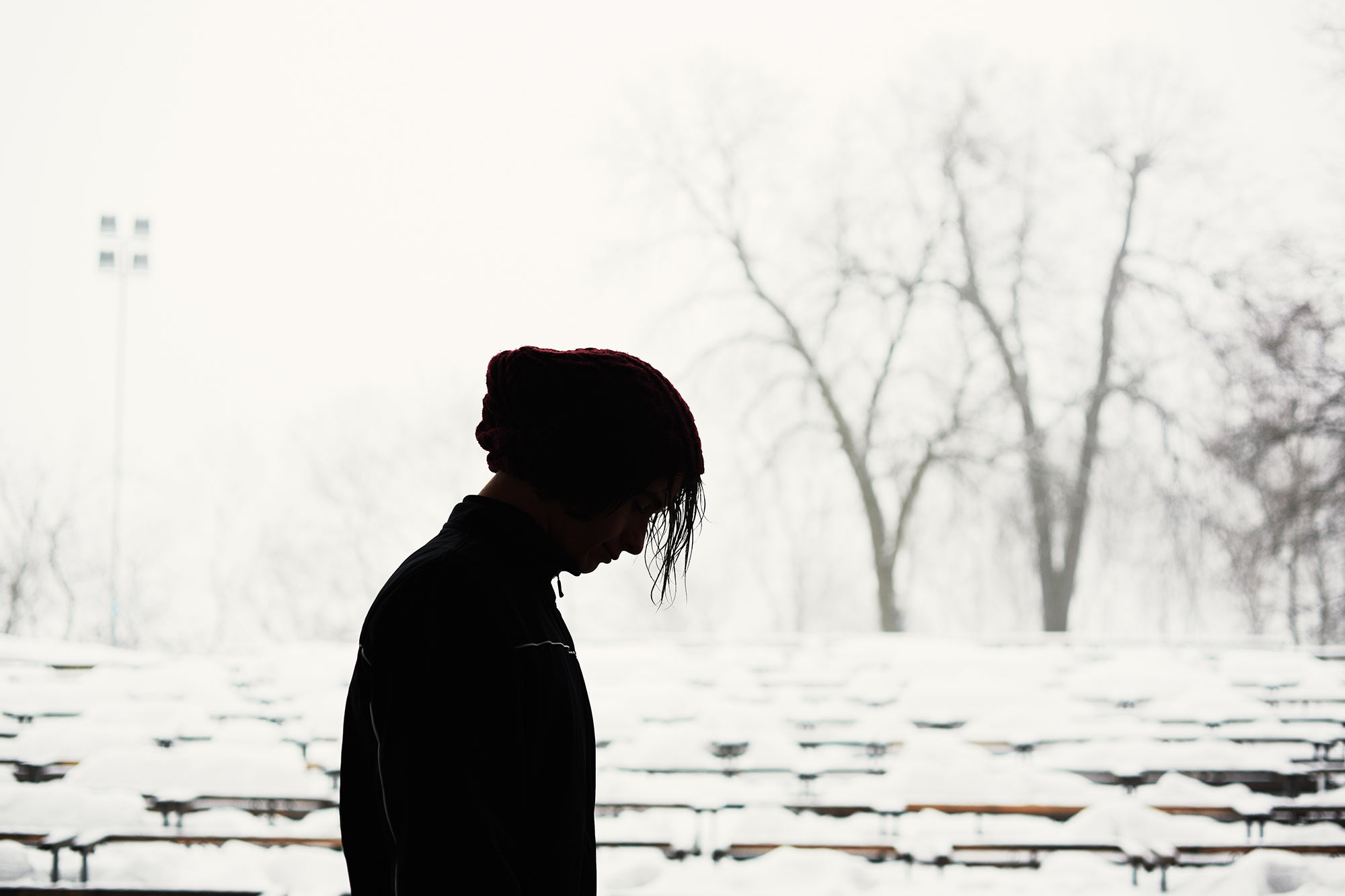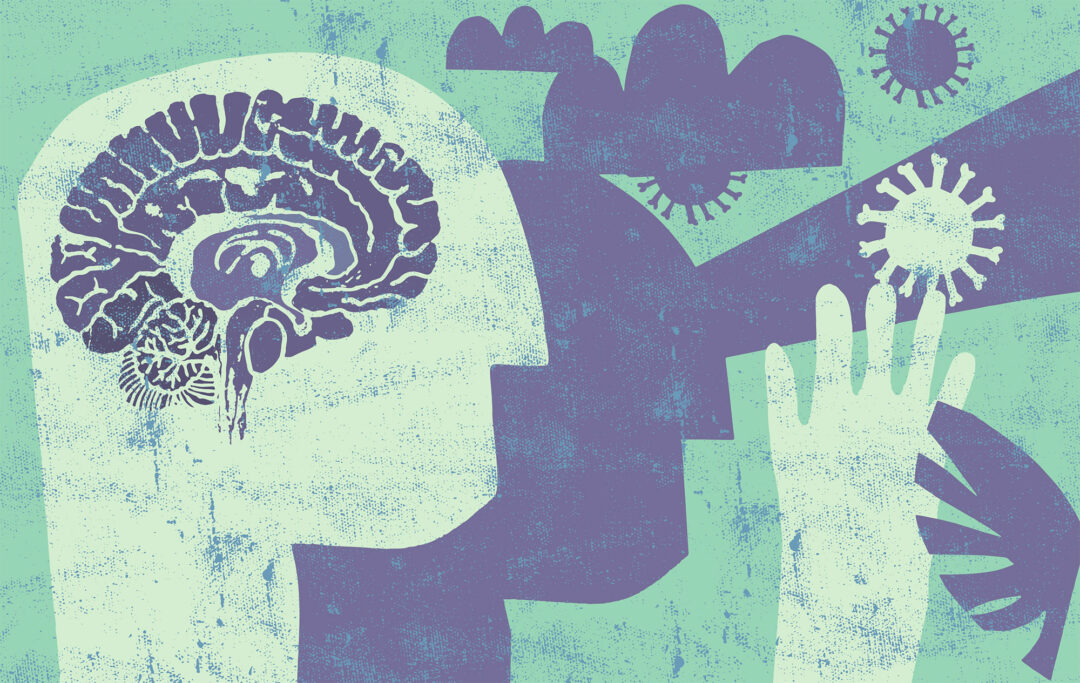It’s that time of year again. The days get shorter, the skies seem grayer, and depending on where you live, the weather can be cold and dreary most of the time.
The idea of a winter wonderland is a dream for some people. For others, the long, cold winter months feel more like a nightmare.
Seasonal affective disorder is categorized as a type of depression that is caused by a shift in the seasons. For most people, it happens during the winter and is equated to a lack of sunlight and shorter days.
Like most other types of depression, seasonal affective disorder (SAD) can cause symptoms like fatigue, sadness, loss of interest, changes in appetite and sleeping patterns, and even feelings of hopelessness.
If you struggle with SAD and you want this year to be different, there are things you can do to cope effectively. By putting these techniques into practice each day, you can reduce the impact of your symptoms.
Try a Light Box
Light box therapy is extremely popular among people who deal with seasonal affective disorder. Because so many people do struggle with SAD, light boxes are easy to find and can be relatively inexpensive.
They are also very easy to use. By sitting in front of a light box for just 30 minutes each day, your body’s circadian rhythm will be stimulated, and it will restrict the release of melatonin, which is the hormone that can make you feel tired. By using a light box first thing in the morning, you can give yourself more energy and boost your mood to start your day.
Stay Physically Active
When you feel depressed, getting some exercise is probably the last thing on your mind. But staying physically active is incredibly important for people dealing with SAD. Exercise is a natural way to release serotonin in your brain, which contributes to feelings of happiness.
It can also give you a boost of energy, which is much-needed when you feel you’re constantly fighting fatigue. When you get up and “force” yourself to be active, you can also take a sense of pride in what you’re doing, which can increase your confidence and make you feel better.
You don’t have to go to a gym or workout for hours each day in order to see the benefits of physical activity. A 30-minute walk around your neighborhood, or even doing yoga or stretches at home can make a big difference.
If you want to give yourself an extra boost, try to exercise outside! It might be a little chilly, but if it’s a sunny day, you can take advantage of that Vitamin D as much as possible. Plus, studies have shown that spending time outdoors helps to reduce stress, as well as helping with feelings of depression and anxiety.
Talk to a Therapist
Many times, seasonal affective disorder becomes too difficult to deal with on your own. The good news? You don’t have to.
Therapy is a common treatment option for those dealing with SAD. A therapist can help you work through your own feelings and manage your symptoms, as well as giving you additional ways to cope. Those who are really struggling may also benefit from antidepressant medication.
While seasonal affective disorder doesn’t last forever, it can be debilitating for those who have it during the winter months.
You are not alone, and you do not have to dread this time of year even more, knowing what’s coming. Contact Integrative Psychotherapy Group today to set up an appointment. Together, we’ll work on more ways to cope effectively and, in doing so, you can find some peace of mind this time of year.


